15 Best Lakes in Hawaii
Aloha! Prepare to have your perceptions of Hawaii completely transformed. While the islands are world-renowned for their pristine beaches and volcanic landscapes, did you know that hidden within their lush valleys and atop their majestic peaks lie a collection of unique, often overlooked, aquatic wonders? From ancient fishponds teeming with history to serene mountain lakes that touch the sky, Hawaii’s “lakes” offer a different kind of island magic, far from the bustling coastlines. You will discover tranquil oases, engineering marvels, and vital wildlife sanctuaries that tell the story of these islands’ rich ecological and cultural heritage.
This guide is your passport to exploring these lesser-known gems, providing you with all the practical insights and cost breakdowns you need to plan an unforgettable journey. The best time to visit Hawaii for exploring these diverse water bodies is typically during the shoulder seasons of April-May or September-November, when the weather is pleasant, and crowds are thinner, ensuring a more intimate experience with nature. Get ready to dive deep into the heart of Hawaii’s refreshing secrets!
💰 Travel Cost Overview
| Category | Budget | Mid-range | Luxury |
|---|---|---|---|
| Accommodation per night | $100-180 (Hostels, Guesthouses) | $200-400 (Hotels, Condos) | $500-1000+ (Resorts, Villas) |
| Food & Dining per day | $40-70 (Grocery, Food trucks, Casual) | $80-150 (Casual restaurants, Mid-range dining) | $160-300+ (Fine dining, Gourmet experiences) |
| Transportation per day | $15-30 (Public transport, Ride-share) | $50-90 (Compact car rental, Gas) | $100-200+ (SUV rental, Premium ride-share) |
| Activities & Attractions | $10-30 (Free parks, Low-cost entries) | $40-80 (Mid-range tours, Some paid entries) | $90-200+ (Private tours, High-end experiences) |
| Total Daily Budget | $165-310 | $370-720 | $850-1700+ |
| Weekly Budget Estimates | $1155-2170 | $2590-5040 | $5950-11900+ |
Lake Waiau; Hawaii
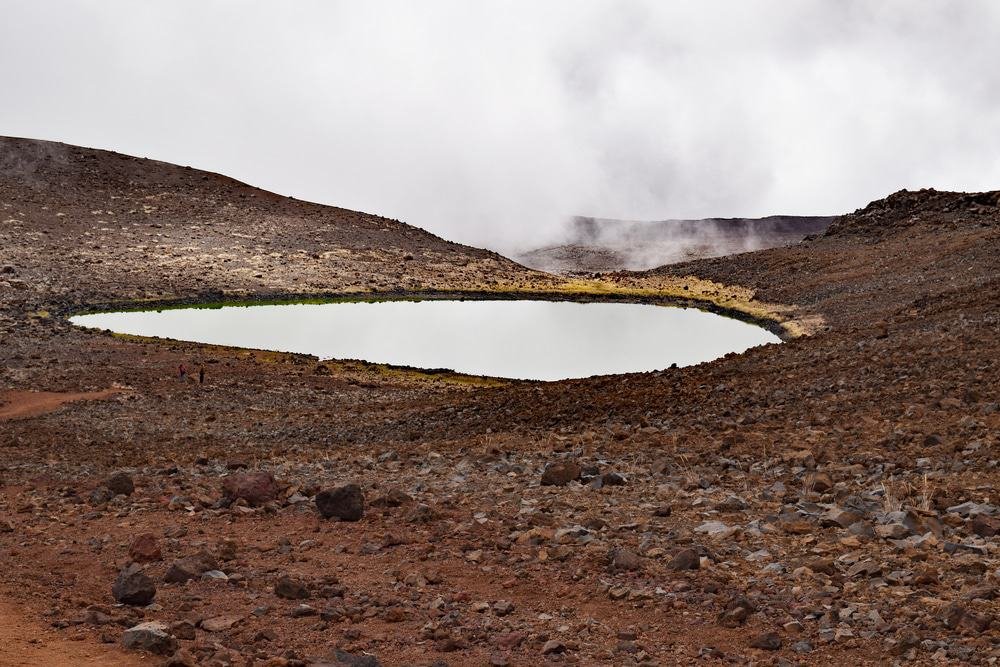
Perched near the summit of Mauna Kea, Lake Waiau is one of the highest lakes in the United States and truly a spectacle of nature’s artistry. What makes this place unique is its incredible elevation and its sacred significance to Native Hawaiians, who consider it a spiritual gateway. You will be utterly mesmerized by the stark, otherworldly landscape surrounding this small, pristine lake, a stark contrast to the tropical beaches below. Visitors primarily come here for the breathtaking views, the unique high-altitude environment, and the sense of profound tranquility.
It’s a place for quiet reflection and appreciating the raw power of the volcanic landscape. Best times to visit are during daylight hours, ideally early morning or late afternoon for the most dramatic lighting, but be prepared for very cold temperatures and strong winds at any time. This attraction is best suited for adventurous solo travelers, couples, and those with a deep appreciation for geology and cultural history. Its ancient history is tied to Hawaiian mythology, believed to be a portal to the spirit world and a place of healing.
💰 Quick Cost Guide
📍 Visitor Information
Halulu Lake; Niʻihau
Halulu Lake, located on the privately-owned island of Niʻihau, is a truly unique and rarely seen Hawaiian gem. What makes this place special is its status as the largest natural lake in Hawaii, covering approximately 182 acres. However, access to Niʻihau is strictly controlled by the Robinson family, who own the island, to preserve its unique culture and environment, making it one of the most exclusive destinations on Earth. You will not be able to visit Halulu Lake directly as a typical tourist.
Instead, glimpses of this expansive, often ephemeral, freshwater lake can sometimes be caught during very limited, pre-arranged tours of Niʻihau, usually helicopter tours that offer aerial views. These tours provide a rare opportunity to witness an untouched part of Hawaii, where traditional Hawaiian life continues largely as it has for centuries. The lake’s size fluctuates dramatically with rainfall, making its appearance a unique experience each time. Its cultural significance is profound, tied to the island’s self-sufficiency and the traditional practices of its residents.
💰 Quick Cost Guide
📍 Visitor Information
Hālaliʻi Lake; Niʻihau
Hālaliʻi Lake, also situated on the secluded island of Niʻihau, shares the same mystique and restricted access as its larger counterpart, Halulu Lake. This natural lake, though smaller, is equally significant for its ecological value and its role in the island’s unique ecosystem. Like Halulu, Hālaliʻi is often ephemeral, its size and depth varying greatly with the seasons and rainfall. What makes it special is its untouched nature; it remains a pristine habitat for native Hawaiian waterbirds, a testament to the island’s preservation efforts.
You will not be able to visit this lake directly due to the island’s private ownership and strict conservation policies. However, some authorized aerial tours of Niʻihau might offer glimpses of this serene body of water. Observing Hālaliʻi from above provides a rare perspective on Hawaii’s true wilderness and the success of dedicated conservation. This remote and protected environment is a dream for birdwatchers and conservation enthusiasts who appreciate the value of undisturbed ecosystems, even if seen from a distance.
💰 Quick Cost Guide
📍 Visitor Information
Violet Lake; Maui
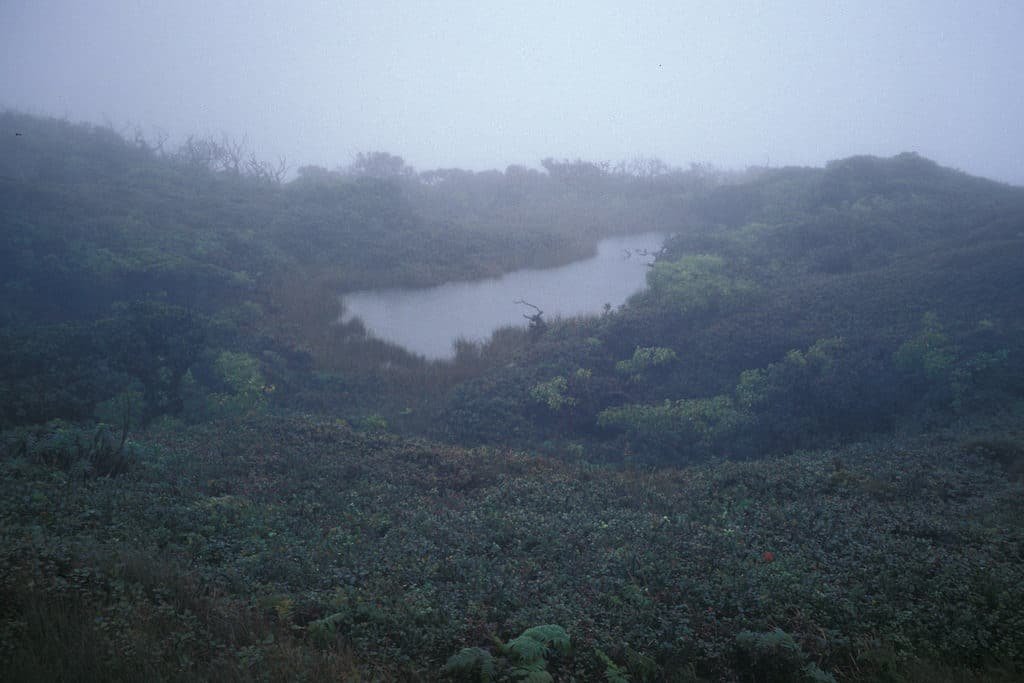
Violet Lake, nestled within the verdant slopes of Maui’s West Maui Mountains, is a lesser-known natural pool that offers an intimate connection with Hawaii’s lush interior. Unlike the island’s coastal attractions, Violet Lake provides a tranquil, freshwater escape, though it’s more of a pond or a large natural pool formed by stream flow rather than a vast lake. What makes it unique is its serene, secluded setting, often requiring a bit of a hike to reach, which deters casual visitors and preserves its pristine feel. You will find yourself surrounded by dense tropical foliage, with the sounds of nature as your only companions.
Visitors come here to swim in the cool, refreshing waters, enjoy a picnic by the banks, or simply immerse themselves in the quiet beauty of the rainforest. It’s an ideal spot for solo travelers seeking solitude, couples looking for a romantic hideaway, or adventurous families willing to hike. The best time to visit is during dry periods to avoid muddy trails and ensure clearer water. Its charm lies in its natural, untamed beauty.
💰 Quick Cost Guide
📍 Visitor Information
Ka Loko Reservoir; Kauai
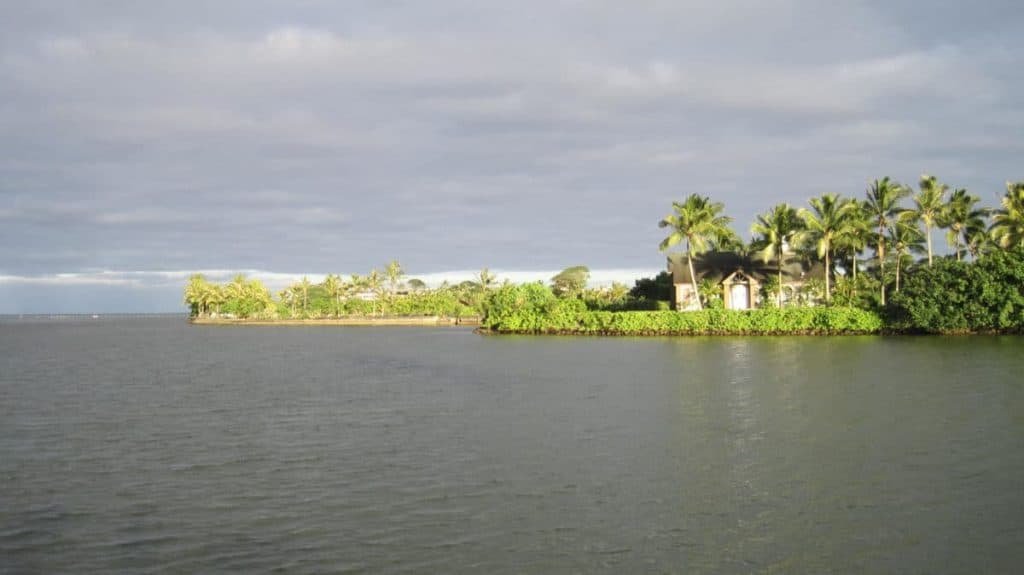
Ka Loko Reservoir on Kauai is a significant, albeit tragic, site that has been transformed into a place of remembrance and ecological restoration. What makes this place unique is its history: it was the site of a devastating dam breach in 2006, which led to loss of life and property. Since then, efforts have been made to honor the victims and restore the surrounding environment. While it is primarily a private reservoir, there are ongoing discussions and projects related to public access and educational initiatives.
You will not find typical tourist activities here, but rather a somber yet beautiful landscape that speaks volumes about the power of nature and the importance of responsible land management. Visitors can observe the ongoing restoration efforts from designated viewpoints, appreciating the resilience of both nature and the community. This site is particularly poignant for those interested in environmental recovery, engineering, and local history. It serves as a powerful reminder of the delicate balance between human development and natural forces.
💰 Quick Cost Guide
📍 Visitor Information
Kahaluʻu Fishpond; Oʻahu
Kahaluʻu Fishpond, located on Oʻahu’s windward coast, is a stunning example of ancient Hawaiian aquaculture and engineering. What makes this place unique is its historical significance as a royal fishpond, meticulously built by early Hawaiians to cultivate fish for the aliʻi (chiefs). You will be captivated by the ingenuity of its construction, with rock walls designed to allow seawater in and out while trapping fish.
Visitors can walk along portions of the ancient wall, learn about sustainable Hawaiian practices, and marvel at the thriving ecosystem within the pond. It’s a fantastic spot for families to learn about Hawaiian culture and history, for photographers seeking unique landscapes, and for anyone interested in indigenous engineering. The best time to visit is during low tide, when more of the pond’s structure is visible, and the water is clearer. Its serene beauty and rich history offer a profound connection to Hawaii’s past and its deep respect for the land and sea.
💰 Quick Cost Guide
📍 Visitor Information
Nu’uanu Reservoir; O’ahu
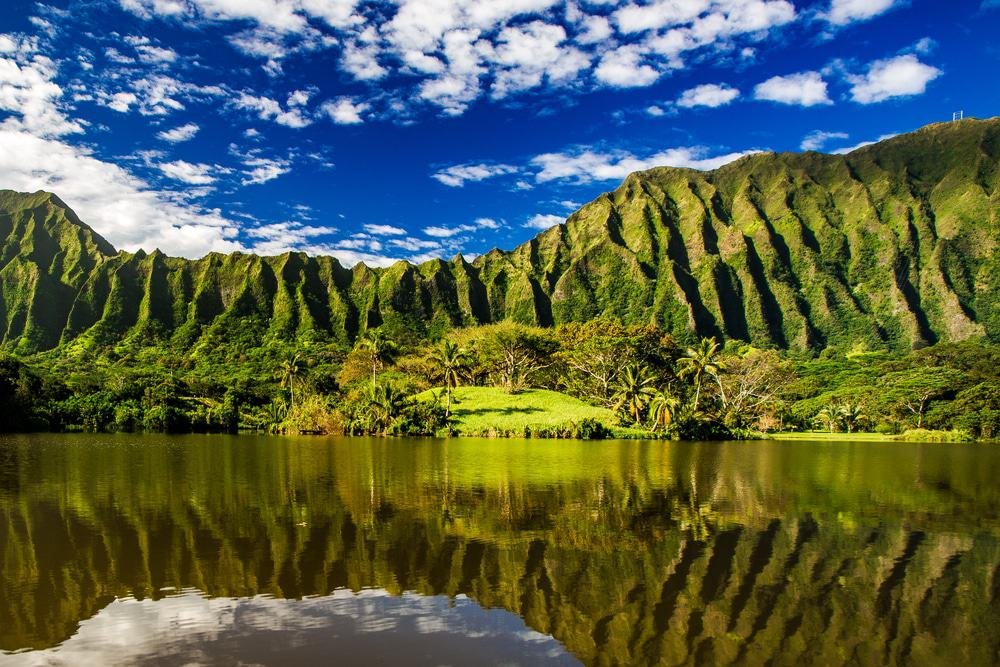
Nu’uanu Reservoir on O’ahu is part of a crucial municipal water supply system, nestled in the lush Nu’uanu Valley. While primarily a functional reservoir, its setting amidst verdant hills and often misty conditions gives it a serene, almost mystical quality. What makes this area special is its role in providing water to Honolulu, and the surrounding natural beauty that makes it a popular spot for local recreation. You will find well-maintained walking paths and picnic areas, making it an ideal escape from the urban hustle.
Visitors can enjoy leisurely strolls, birdwatching, or simply relaxing by the water’s edge. Fishing is permitted in certain areas with a valid license. This reservoir is perfect for families seeking a peaceful outing, local residents looking for a tranquil park, and nature lovers who appreciate a blend of utility and natural aesthetics. The area is steeped in history, as Nu’uanu Valley was a significant battleground in Hawaiian history.
💰 Quick Cost Guide
📍 Visitor Information
Ho’omaluhia Botanical Garden Lake; O’ahu
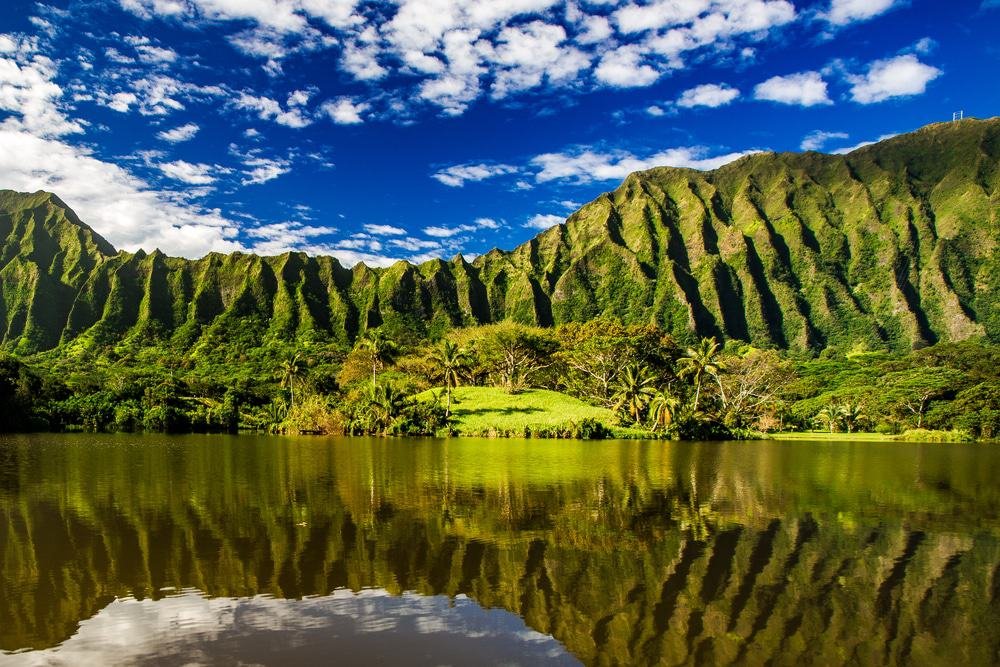
The Lake at Ho’omaluhia Botanical Garden on O’ahu is a picturesque, man-made lake that forms the centerpiece of this magnificent botanical garden. What makes this place unique is its stunning backdrop of the majestic Ko’olau Mountains, often shrouded in mist, creating a dramatic and serene landscape. You will be immersed in a world of diverse plant collections from around the globe, artfully arranged around the tranquil lake.
Visitors can enjoy picnicking, fishing (catch and release, with permit), and leisurely walks along the paved and unpaved paths that wind through the gardens. It’s an ideal spot for families, nature photographers, birdwatchers, and anyone seeking a peaceful retreat. The best time to visit is on a clear day to fully appreciate the mountain views, but even on rainy days, the mist adds a mystical charm. The garden itself is a testament to conservation and botanical education, offering a quiet escape from the island’s more bustling attractions.
💰 Quick Cost Guide
📍 Visitor Information
Wahiawa Reservoir; O’ahu
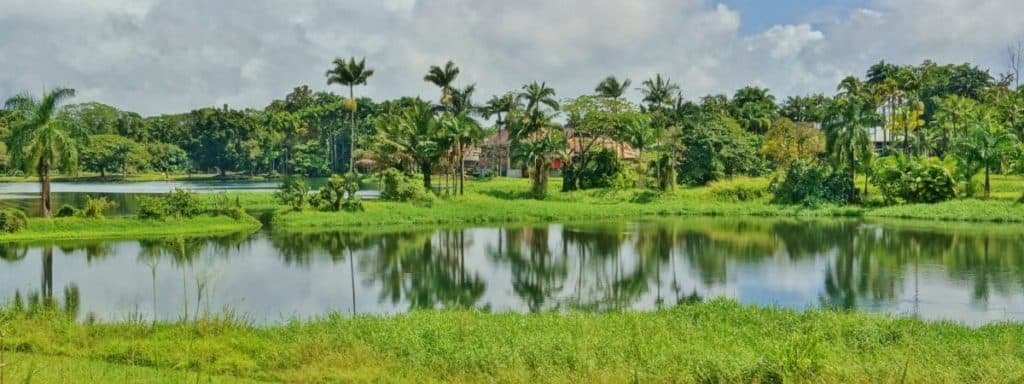
Wahiawa Reservoir, also known as Lake Wilson, is O’ahu’s second-largest body of fresh water and a popular spot for freshwater fishing and recreation. What makes this place unique is its significant size and its role as a key agricultural water source, surrounded by pineapple fields and lush greenery in central O’ahu. You will find a bustling hub for bass fishing, kayaking, and stand-up paddleboarding.
Visitors can launch their boats from designated ramps, cast a line from the shore, or simply enjoy the expansive views of the water. It’s a fantastic destination for fishing enthusiasts, families looking for a relaxed day out, and anyone who enjoys water sports away from the ocean waves. The best time to visit is during daylight hours, especially mornings for fishing, to avoid the heat of the day. Its history is tied to O’ahu’s agricultural development, providing irrigation for the vast plantations that once dominated the landscape.
💰 Quick Cost Guide
📍 Visitor Information
Waiākea Pond; Hawaii
Waiākea Pond, located in Hilo on the Big Island of Hawaii, is a charming urban pond that offers a tranquil escape within the city. What makes this place unique is its blend of natural beauty and urban accessibility, providing a serene green space for locals and visitors alike. You will see a picturesque pond frequented by ducks and other waterfowl, surrounded by walking paths and picnic areas.
Visitors can enjoy a leisurely stroll, feed the ducks (with appropriate food), or simply relax on a bench and soak in the peaceful atmosphere. It’s a wonderful spot for families with young children, solo travelers seeking a quiet moment, or anyone looking for a pleasant outdoor space in Hilo. The pond is also part of a larger park system, offering a convenient stop for a break during a day of exploring Hilo. Its historical significance lies in its traditional use as a fishing ground and its continued role as a community gathering place.
💰 Quick Cost Guide
📍 Visitor Information
Kanaha Pond State Wildlife Sanctuary; Maui
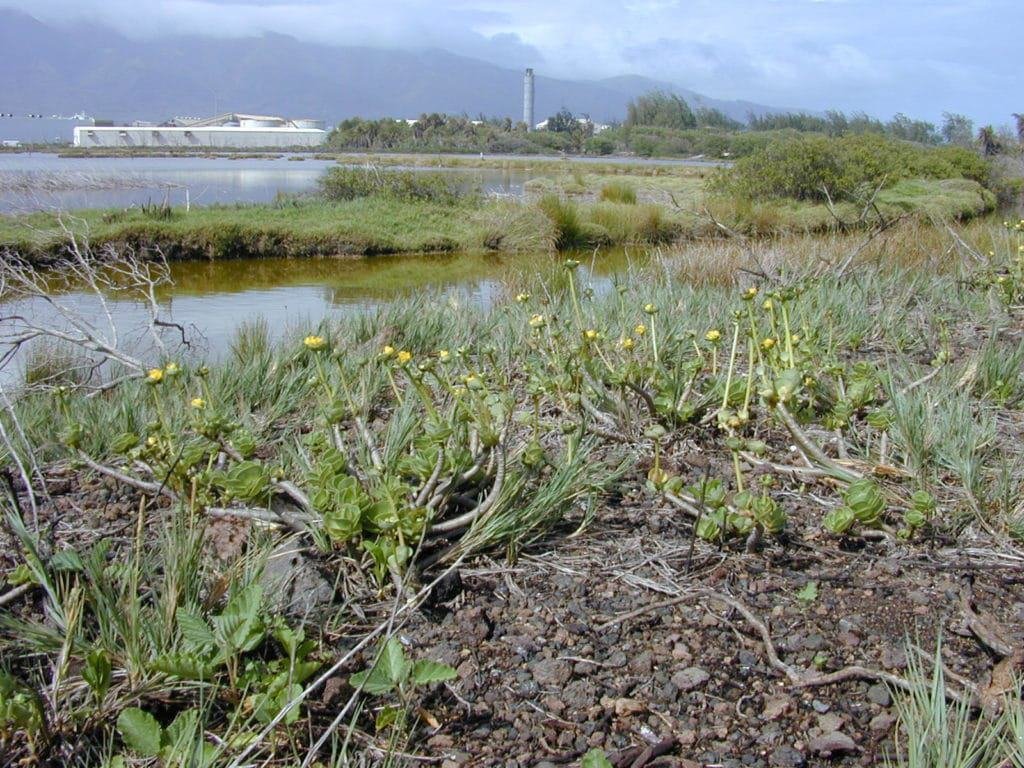
Kanaha Pond State Wildlife Sanctuary on Maui is a vital ecological treasure, recognized as a Ramsar Wetland of International Importance. What makes this place unique is its role as a critical nesting and feeding habitat for several endangered native Hawaiian waterbirds, including the Hawaiian stilt (aeʻo) and Hawaiian coot (‘alae kea). You will have the incredible opportunity to observe these rare birds in their natural environment from designated viewing areas.
Visitors can bring binoculars and cameras to capture the beauty of these unique species and learn about the intensive conservation efforts undertaken here. It’s an absolute must-visit for birdwatchers, nature photographers, and anyone passionate about wildlife conservation. The best time to visit is during the early morning or late afternoon when birds are most active. This sanctuary is a powerful reminder of Hawaii’s unique biodiversity and the importance of protecting its fragile ecosystems.
💰 Quick Cost Guide
📍 Visitor Information
Huilua Fishpond; O’ahu
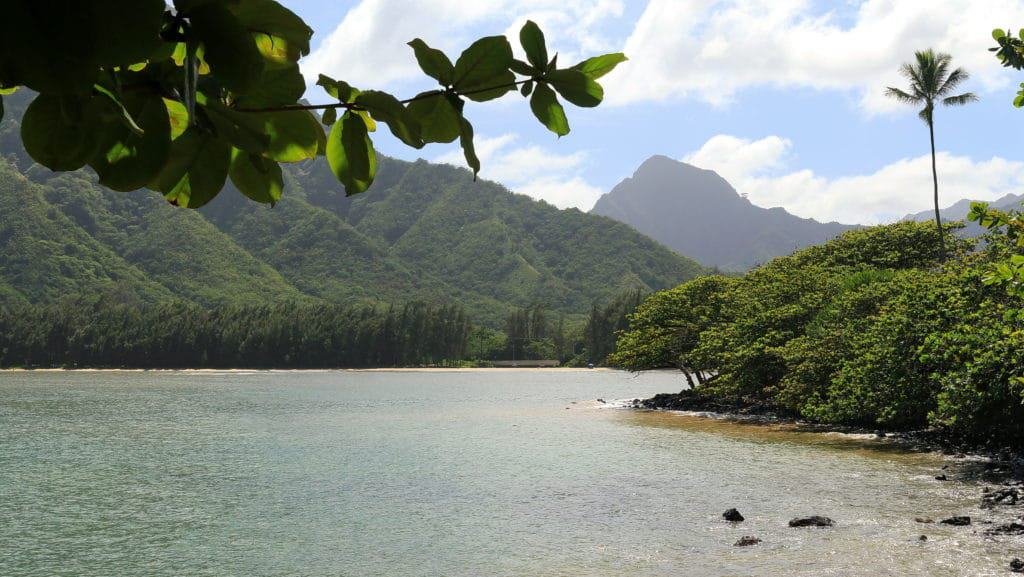
Huilua Fishpond, located in the charming town of Laupāhoehoe on the Hamakua Coast of the Big Island, is a magnificent example of a traditional Hawaiian fishpond (loko iʻa). What makes this place unique is its beautifully preserved circular wall, built with incredible precision by ancient Hawaiians using volcanic rock. You will be struck by the ingenuity and sustainable practices of the early Hawaiians who engineered these ponds to provide a reliable food source.
Visitors can walk along the outer edges of the pond, admire the intricate stonework, and imagine life in ancient Hawaii. It’s a peaceful spot, often less crowded than other attractions, making it perfect for those seeking a quiet cultural experience. This site is ideal for history buffs, cultural enthusiasts, and anyone interested in traditional Hawaiian engineering and sustainable living. The serene coastal setting adds to its allure, offering picturesque views of the ocean.
💰 Quick Cost Guide
📍 Visitor Information
Waita Reservoir; Kauai
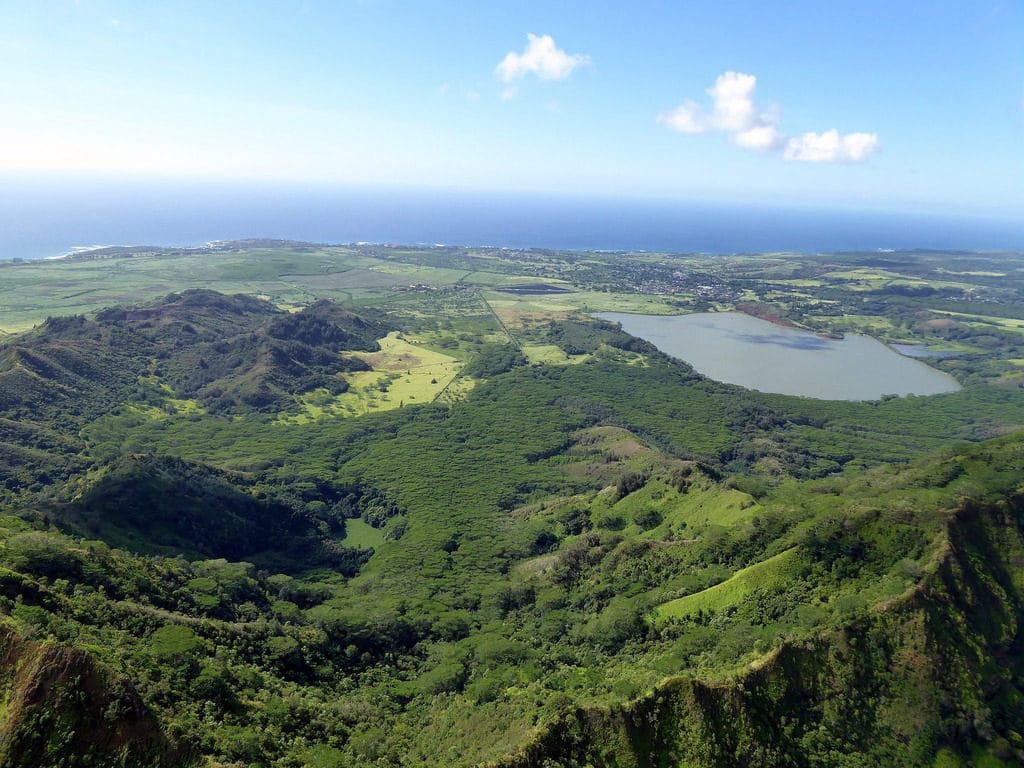
Waita Reservoir on Kauai is the largest man-made lake in Hawaii and a popular destination for fishing, kayaking, and stand-up paddleboarding. What makes this place unique is its sheer size and its stunning setting amidst Kauai’s lush interior, offering panoramic views of the surrounding mountains and forests. You will find ample space for various water activities, making it an excellent alternative to the often-crowded coastal areas.
Visitors can rent kayaks or paddleboards, cast a line for bass, or simply enjoy a picnic by the water’s edge. It’s a fantastic spot for active families, fishing enthusiasts, and anyone looking to enjoy freshwater recreation in a beautiful, expansive setting. The best time to visit is during daylight hours, particularly mornings for calmer waters and less heat. Its history is tied to agricultural irrigation, demonstrating Hawaii’s long-standing relationship with water management.
💰 Quick Cost Guide
📍 Visitor Information
Kualapu‘u Reservoir; Molokai
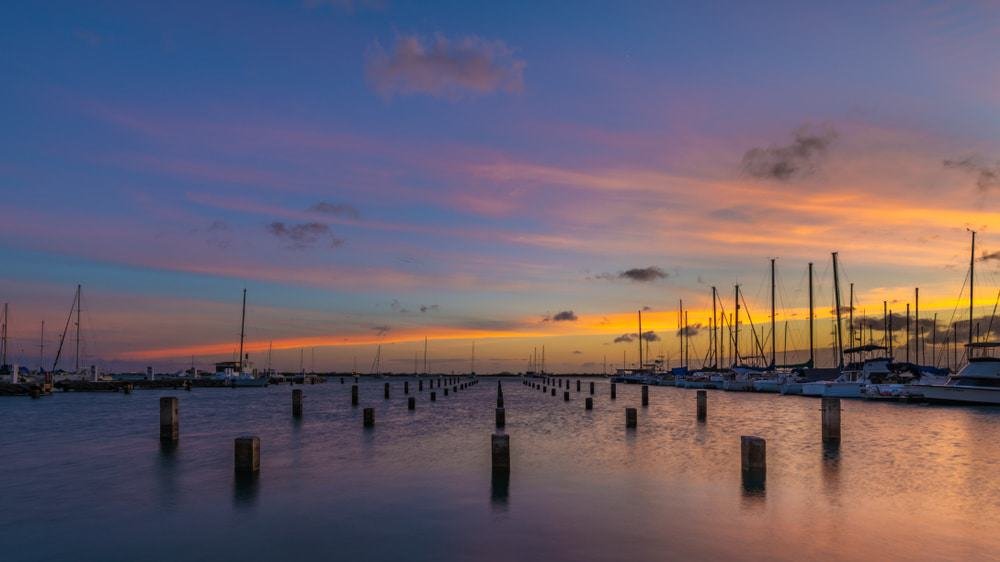
Kualapu‘u Reservoir on Molokai is a significant freshwater body that serves as a vital irrigation source for the island’s agricultural lands. What makes this place unique is its role in supporting Molokai’s farming community and its relatively untouched, serene environment away from the main tourist hubs. You will find a peaceful, expansive body of water set against Molokai’s rugged, natural landscape.
While not a primary tourist attraction, it offers a glimpse into the island’s agricultural backbone and a quiet spot for contemplation. Visitors can observe the reservoir from nearby roads or designated viewpoints, appreciating its functional beauty and the vital role it plays for the local community. This reservoir is best for those interested in Molokai’s authentic local life, agricultural heritage, and serene natural settings. It embodies the island’s slower pace and commitment to self-sufficiency.
💰 Quick Cost Guide
📍 Visitor Information
Keehi Lagoon; O’ahu
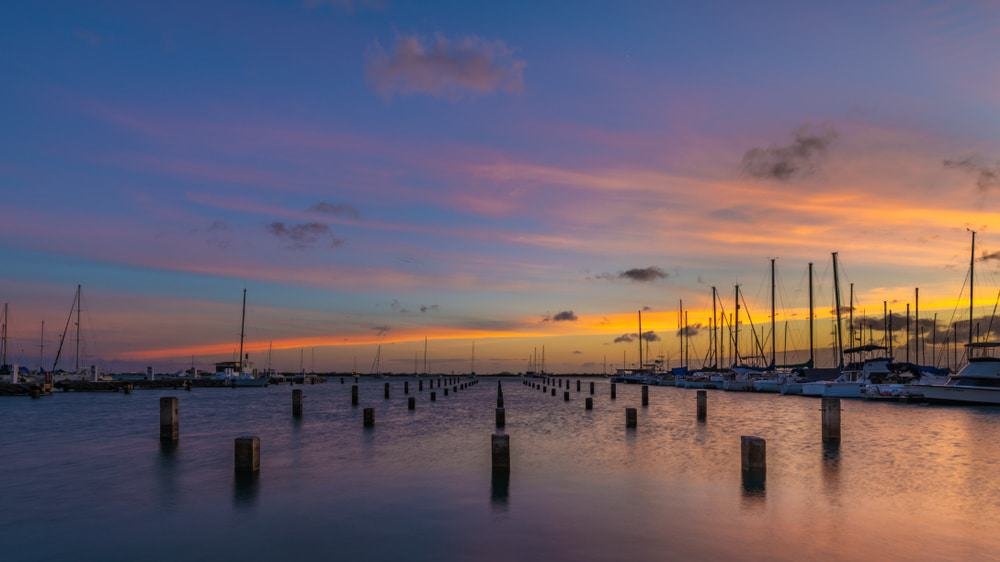
Keehi Lagoon on O’ahu is a large, sheltered body of water located near Honolulu International Airport, offering a unique blend of urban convenience and water-based recreation. What makes this place unique is its dual role as a hub for competitive outrigger canoe paddling and a peaceful park for local families. You will often see vibrant canoe clubs practicing on its calm waters, a testament to Hawaii’s rich paddling heritage.
Visitors can enjoy picnicking in the surrounding park, watching the paddlers, or utilizing the recreational facilities. It’s a fantastic spot for families looking for an easily accessible park, sports enthusiasts interested in Hawaiian paddling culture, and anyone needing a relaxing green space close to the airport before or after a flight. The lagoon is a living testament to Hawaii’s deep connection with the ocean and its traditional water sports, providing a dynamic yet serene urban oasis.
💰 Quick Cost Guide
📍 Visitor Information
Plan Your Visit
As you can see, Hawaii is so much more than just its world-famous beaches. By venturing beyond the immediate coastline, you will unlock a hidden world of diverse aquatic landscapes, from the sacred heights of Mauna Kea to the ancient ingenuity of royal fishponds. This exploration of Hawaii’s 15 best lakes, reservoirs, and lagoons offers a unique perspective on the islands’ rich ecological tapestry, profound cultural history, and vibrant local life. Each site tells its own story, whether it’s about conservation, traditional practices, or simply providing a serene escape.
We encourage you to embrace the spirit of discovery and delve into these often-overlooked gems. Remember to utilize the detailed cost information to budget wisely, allowing you to experience the full spectrum of Hawaii’s beauty. By planning ahead and stepping off the beaten path, you will create memories that truly reflect the authentic, multifaceted allure of the Hawaiian Islands. Your adventure to the heart of Hawaii’s freshwater wonders awaits!